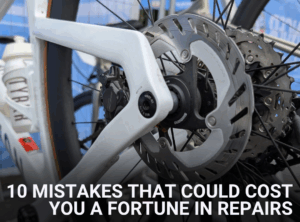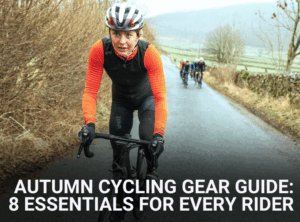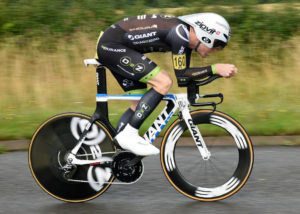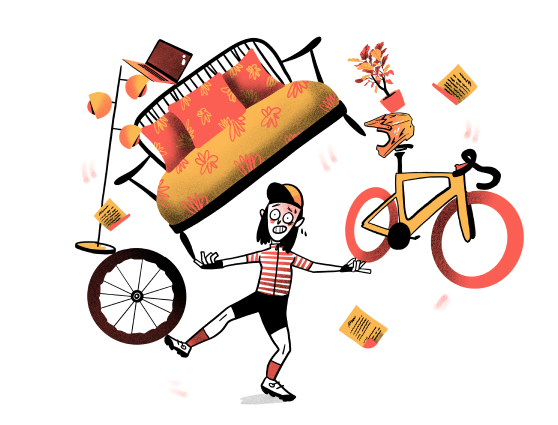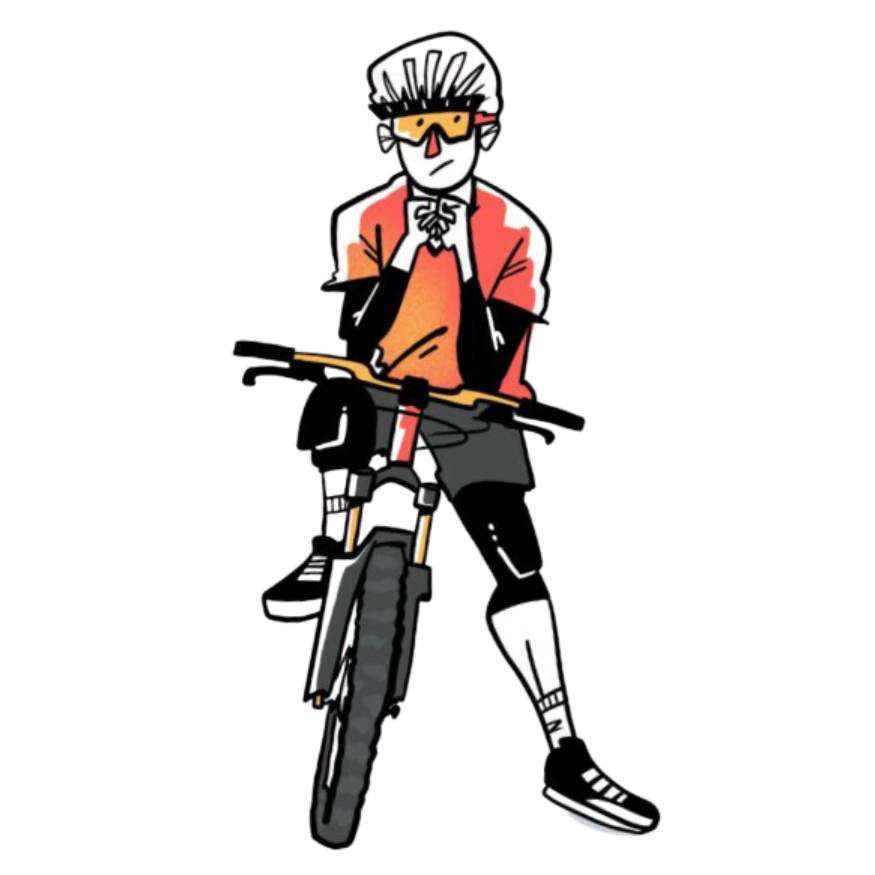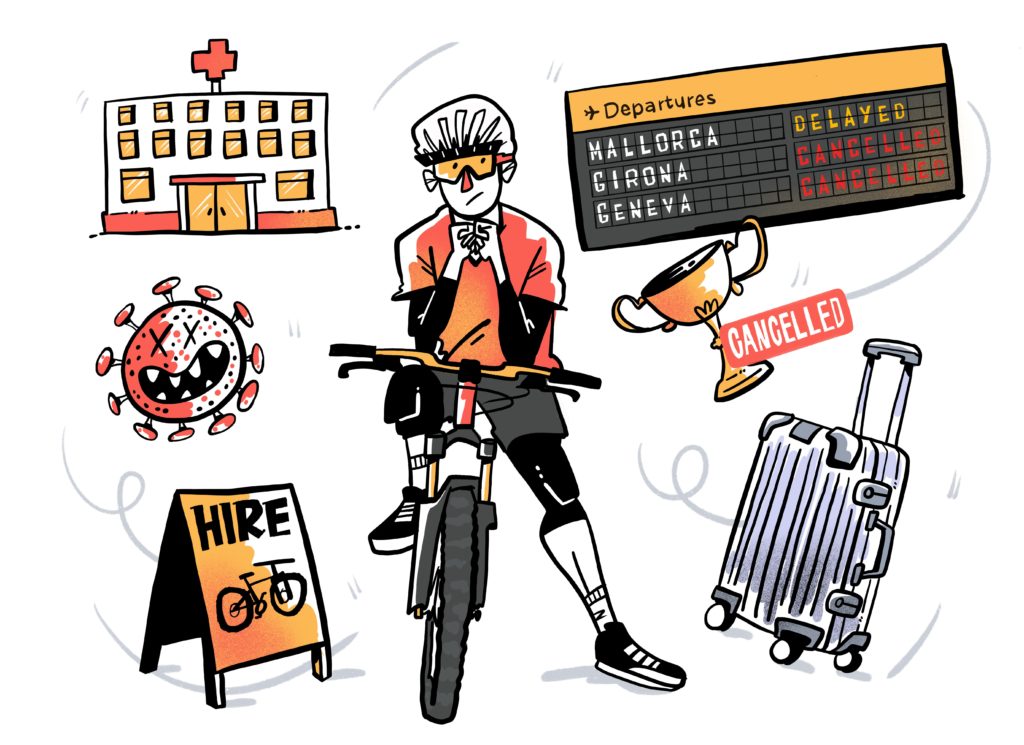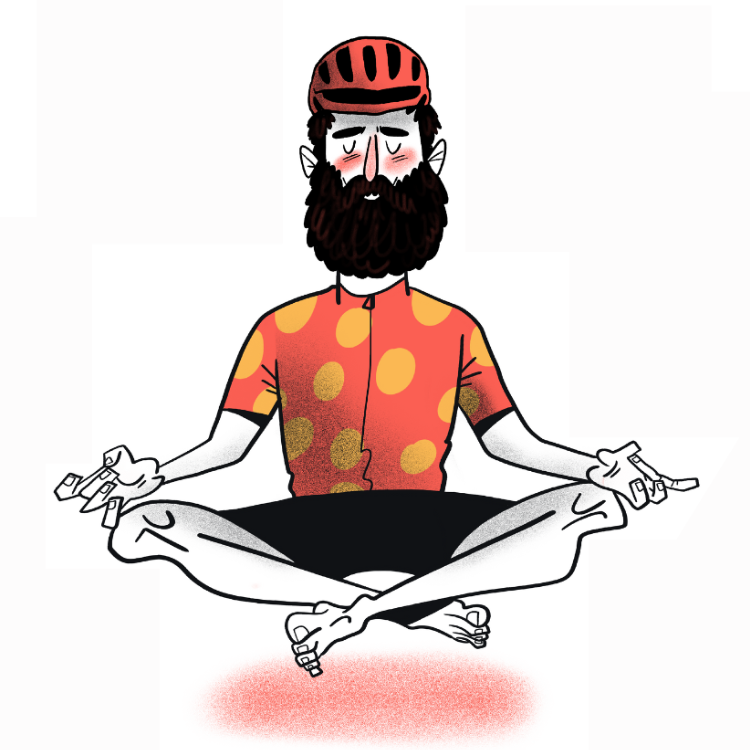Truth be told, there is something quite nice about riding at night. For me, riding in the darkness adds a whole new dimension to how the ride makes you feel. The added excitement, unpredictability and requirement for a heightened level of awareness really does dial up the satisfaction factor. Yes, given the choice of a cold dark winter ride or a glorious summer pootle, I’m going to take the latter. But alas, we live in the UK, and the UK winter is Dark, so other than riding on your turbo trainer, post-work evening rides are the only option.
In this article, we shed some light on the best safety tips for riding at night time.
Light the way
Front lights
Clearly, we’re going to need some hardware, and what better place to start than a quality set of lights. When commuting, bright lights make a profound visibility difference to help other road users see you. You’ll need a red rear strobe light and a white front light. Opting for USB-rechargeable units makes charging at work a breeze and particularly useful if you’re forgetful like me.
For those riding in darker conditions, we recommend always having a main light and a backup light when riding on the roads. Your lights want to be 500 Lumens plus.
For off road group riding, it’s a case of the more the merrier. You need at least 1000 lumens and solo riding, 2000+ is preferable. I much prefer my main light to be helmet mounted, that way my light will follow where i’m looking which is especially useful when riding through corners and looking ahead to your next reference point.
Where possible, don’t run your lights at full power all the time. For mountain biking especially, knock your main light off when you hit the bottom of the trail as you don’t really need all that power when going slowly uphill.
Side and rear lighting
By law, when riding on the road between sunset and sunrise, you must have a front and rear light. In addition to these riding after sun see Additional lighting options are also available in the form of spoke lights, spoke reflectors and even smart light which fit into your bottle cage! Any additional side lighting is a great addition for urban environments where the likelihood of crossing traffic or vehicles pulling out of side streets is higher.
Clothing
Clear lenses
Cycling glasses are there to keep mud, grit, stones and branches out of your eyes, so if you are going out a night, its still wise to wear glasses, just make sure the lens’ are clear 😉
Reflective Clothing
Wear reflective clothing where possible when riding on the roads. Whether it’s a fully reflective jacket or overshoes, Every little helps!
Smart Helmets
Crash detection, indicator and built-in lights are now all available on your helmet…well worth a look for those who want additional visability
Pack Spares
Bikes sometimes need mid-ride field maintenance and in the dark, this is likely to be colder and take longer than in the daytime. where possible, pack an extra rain came and fleecy hat to keep you warm should you have to stop!
Be aware of hazards
Riding in the dark does come with its own set of challenges, Mainly poor terrain on the roads such as potholes and gravel, which under the cover of darkness are much harder to see. Having local road knowledge will help here but if riding through unknown territory, take extra caution on corners, reduce speed on descents and assume that areas of standing water could be hiding a deep pothole…
Riding in the dark in inevitably going to be colder than during the day, so be wary of ice on the roads.
Embrace the tech
When riding solo, whether in woodlands or on the roads, Location sharing which is an option on most mobile phones can be very useful in helping other find you should you crash or have a mechanical. For those who want to take a bit further, a crash detection feature is available on some Garmin units and UNIT 1 helmets which can automatically send close contacts a message saying you need help. Another simple tip is to just tell people of your route and how long you’re likely to be out, that way your steps can be retraced if all of your tech fails and you’re stranded.


